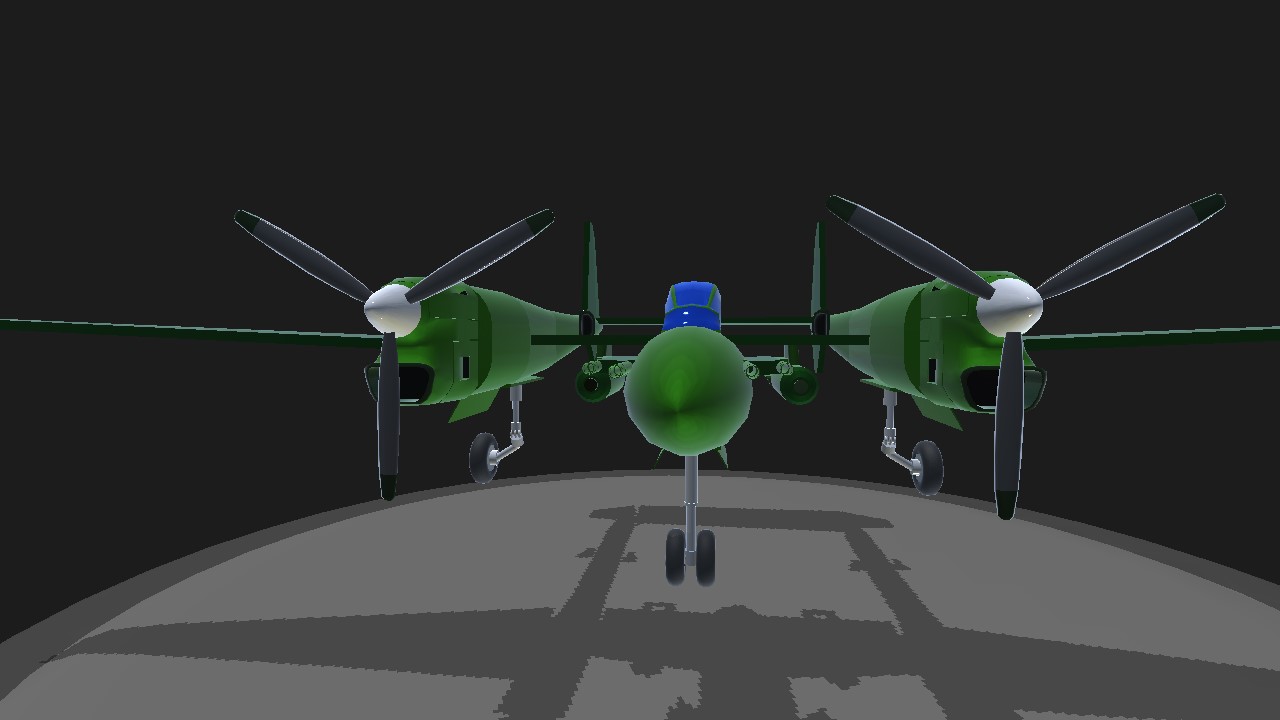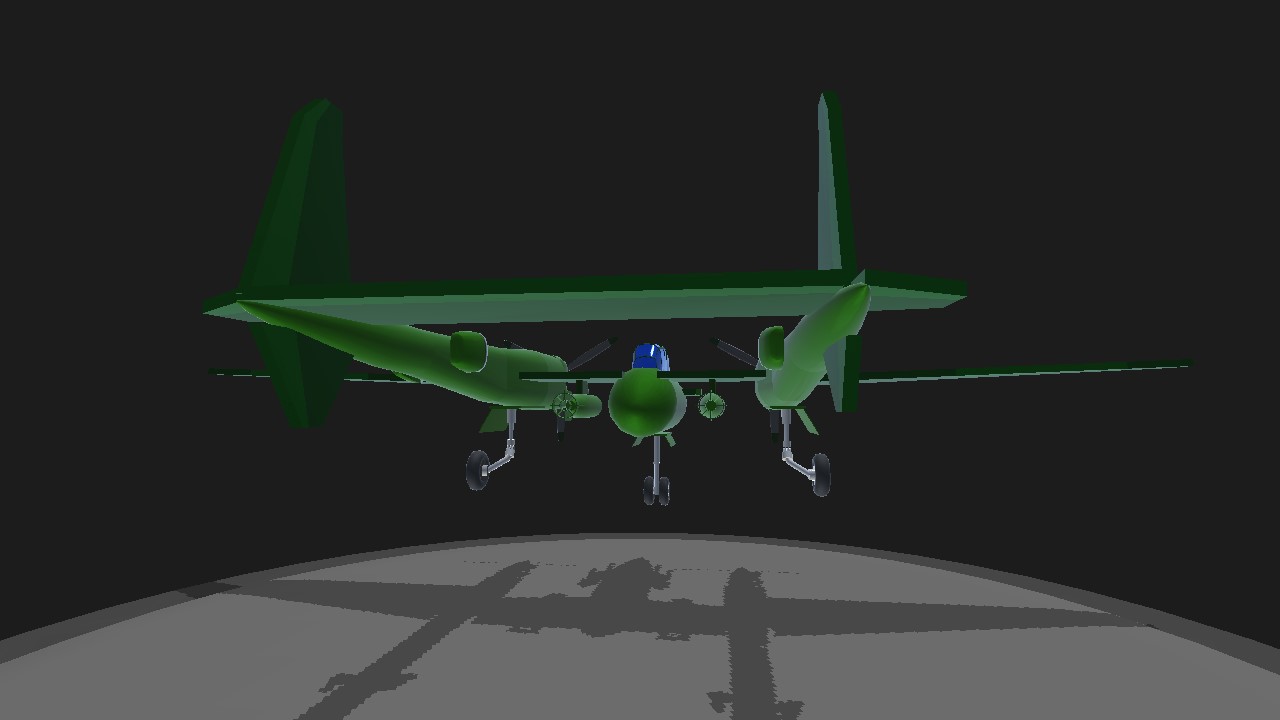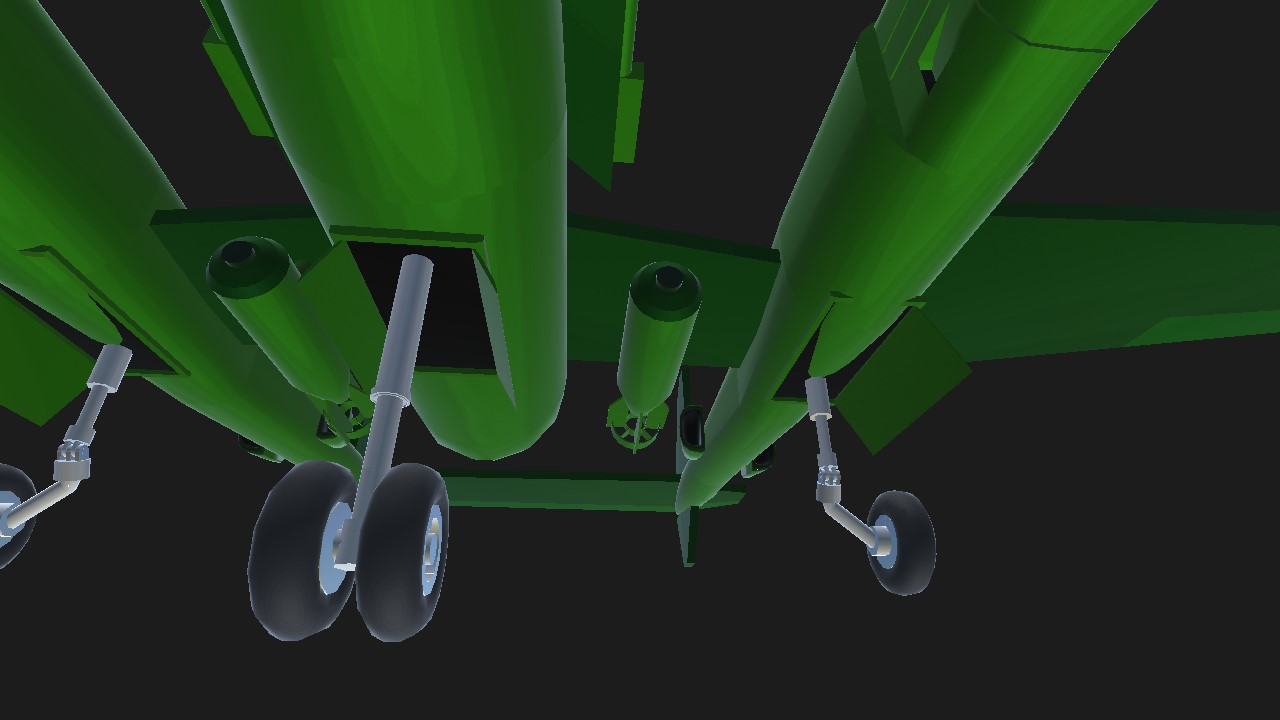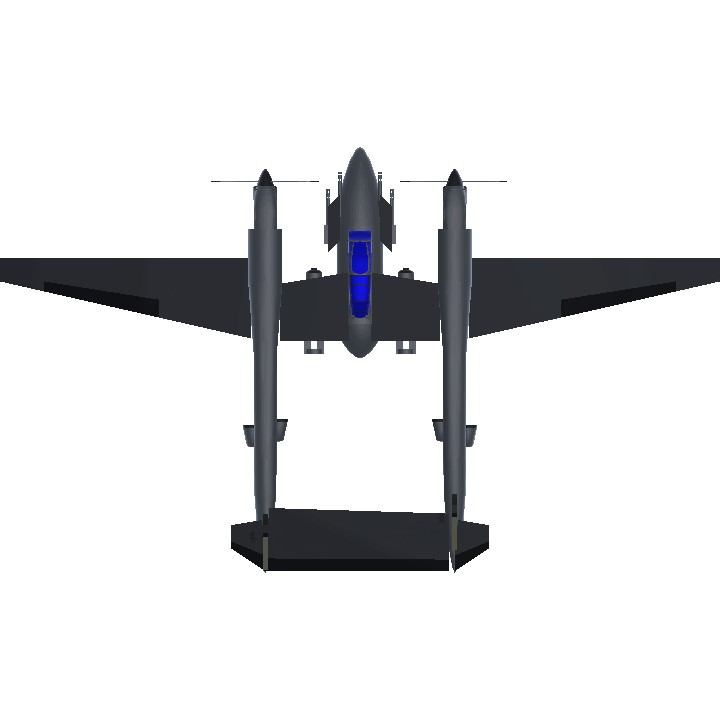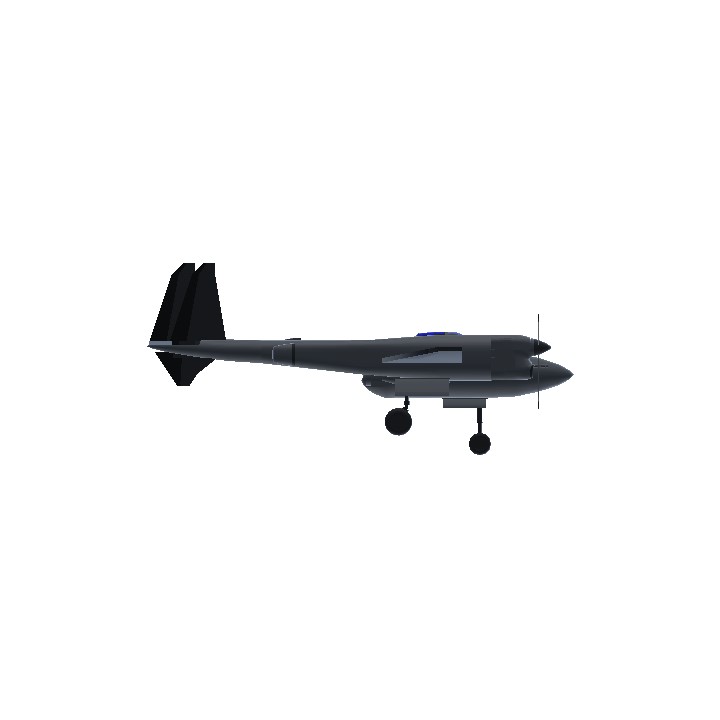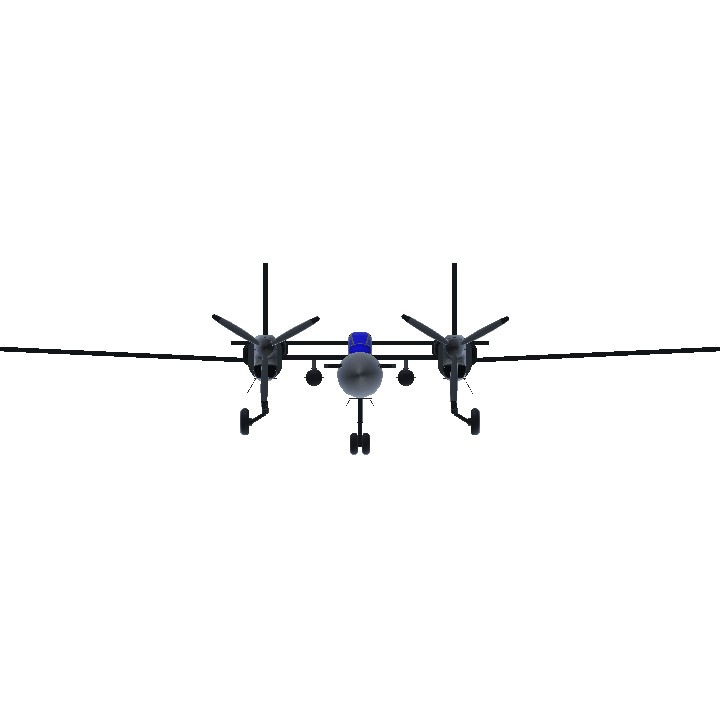The P-38 was an all-metal 3-wheeled single-seater twin-engined monoplane with an aerodynamic design rarely seen in WWII. An experimental XP-38 (Model 22) was first flown on January 27th, 1938. Production started in June of 1941. The G variant was created at the end of 1942 and was based on the E and F variants. The G had a more powerful turbocharged Allison V-17 10-51/55 engine. Engine management was significantly more automated than before. The plane carried a formidable armament consisting of of a 20 mm Hispano AN/M2 cannon with 150 rounds and 4 12.7 mm (50. cal) Colt-Browing machine guns with 300 rounds apiece. The P-38 was widely used by the Army Air Force (USAAF) in all theaters of the war. They were often used for shuttle missions over Germany from the airfields in the Ukraine. The best known operation in which the P-38 participated in was Operation Lighting, which changed the war in the Pacific. The mission, which was flown on April 18, 1943, intercepted and shot down a Japanese G4M1 Bomber with Japanese Admiral Isoroku Yamamoto on board. In addition, the P-38 was the plane of choice of the 2 most successful American aces: Richard Ira Bong (40 kills) and Thomas McQuire (38 kills). From 1942 to 1943 1,462 P-38Gs were built by Lockheed. They were decommissioned in 1949. Source: War Thunder
Specifications
General Characteristics
- Created On Android
- Wingspan 51.4ft (15.7m)
- Length 30.6ft (9.3m)
- Height 13.6ft (4.2m)
- Empty Weight 6,805lbs (3,086kg)
- Loaded Weight 14,600lbs (6,622kg)
Performance
- Horse Power/Weight Ratio 0.328
- Wing Loading 49.4lbs/ft2 (241.3kg/m2)
- Wing Area 295.5ft2 (27.5m2)
- Drag Points 3550
Parts
- Number of Parts 49
- Control Surfaces 11
- Performance Cost 310

